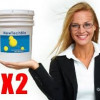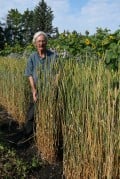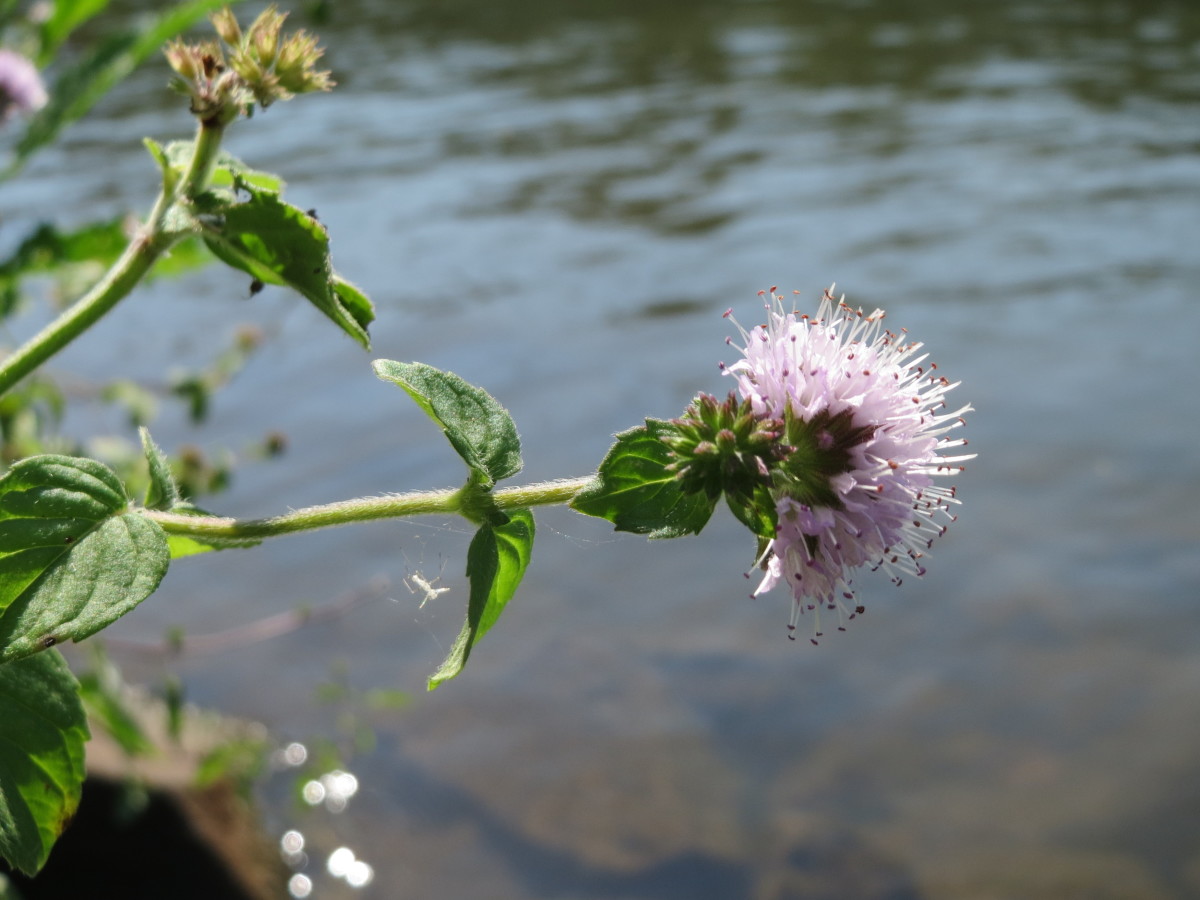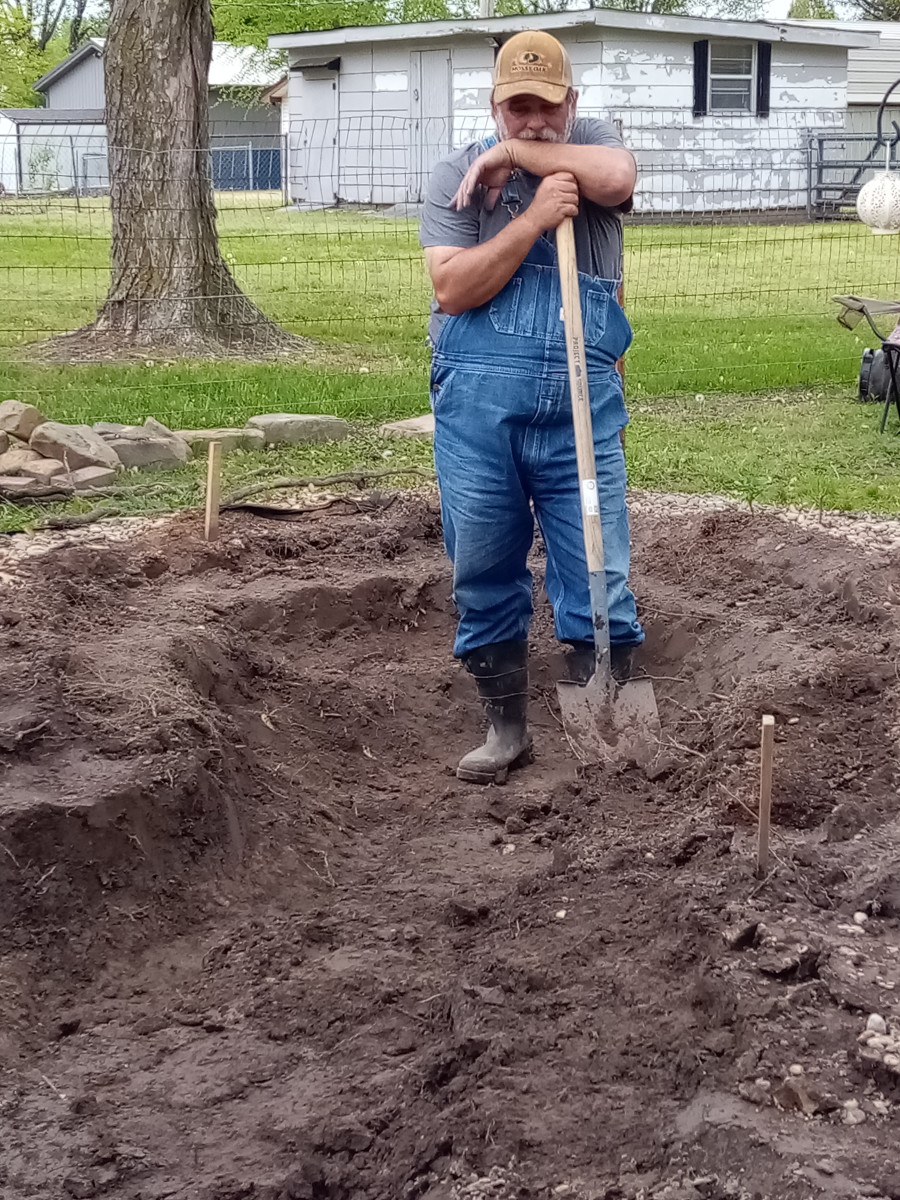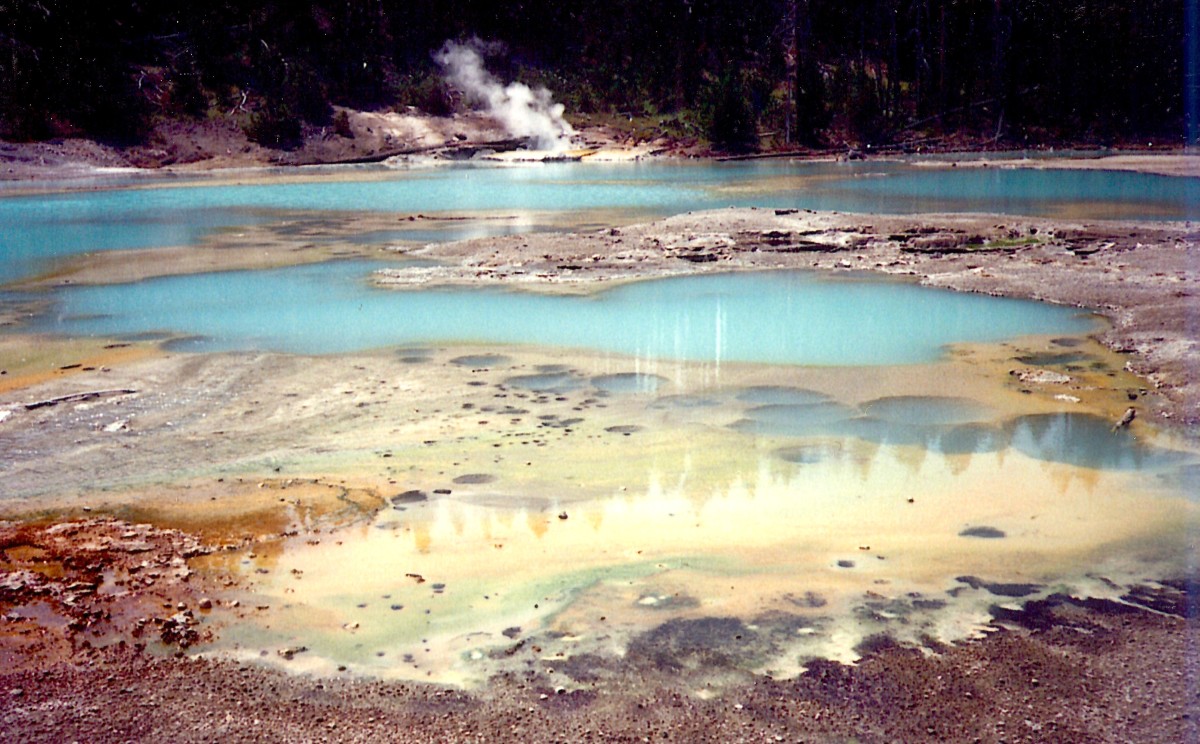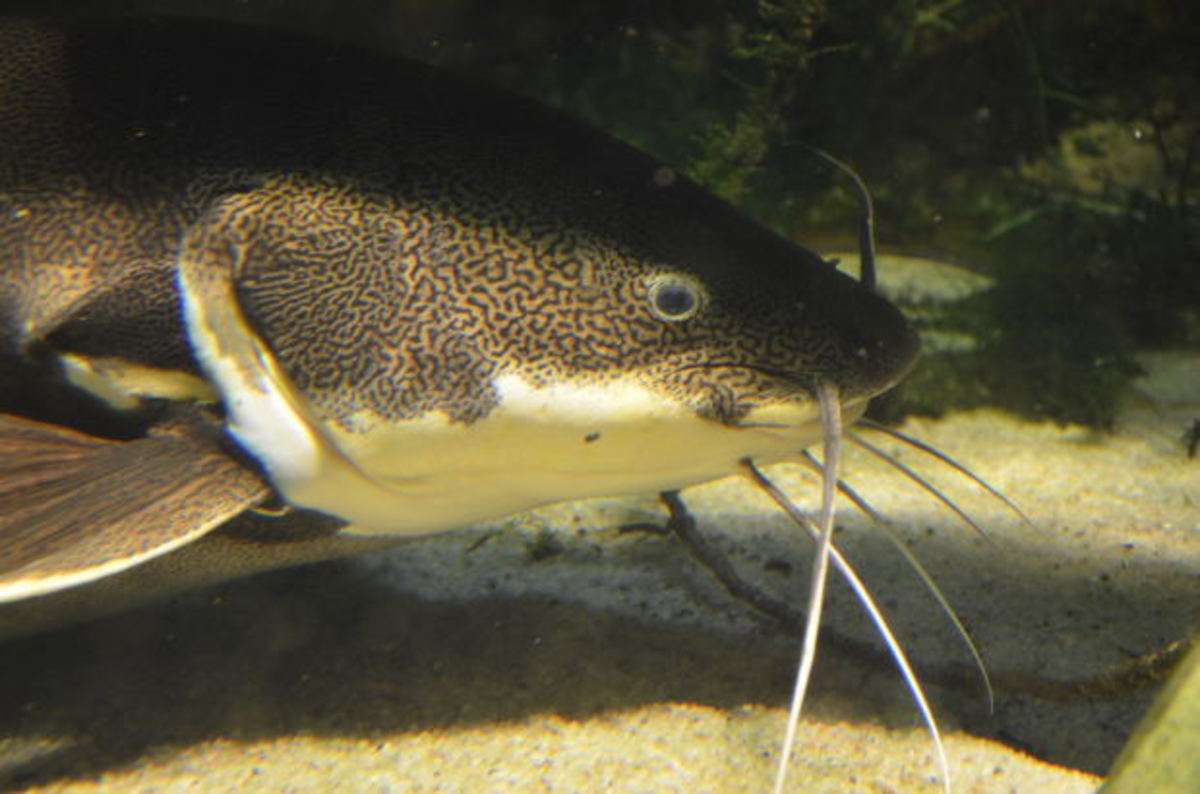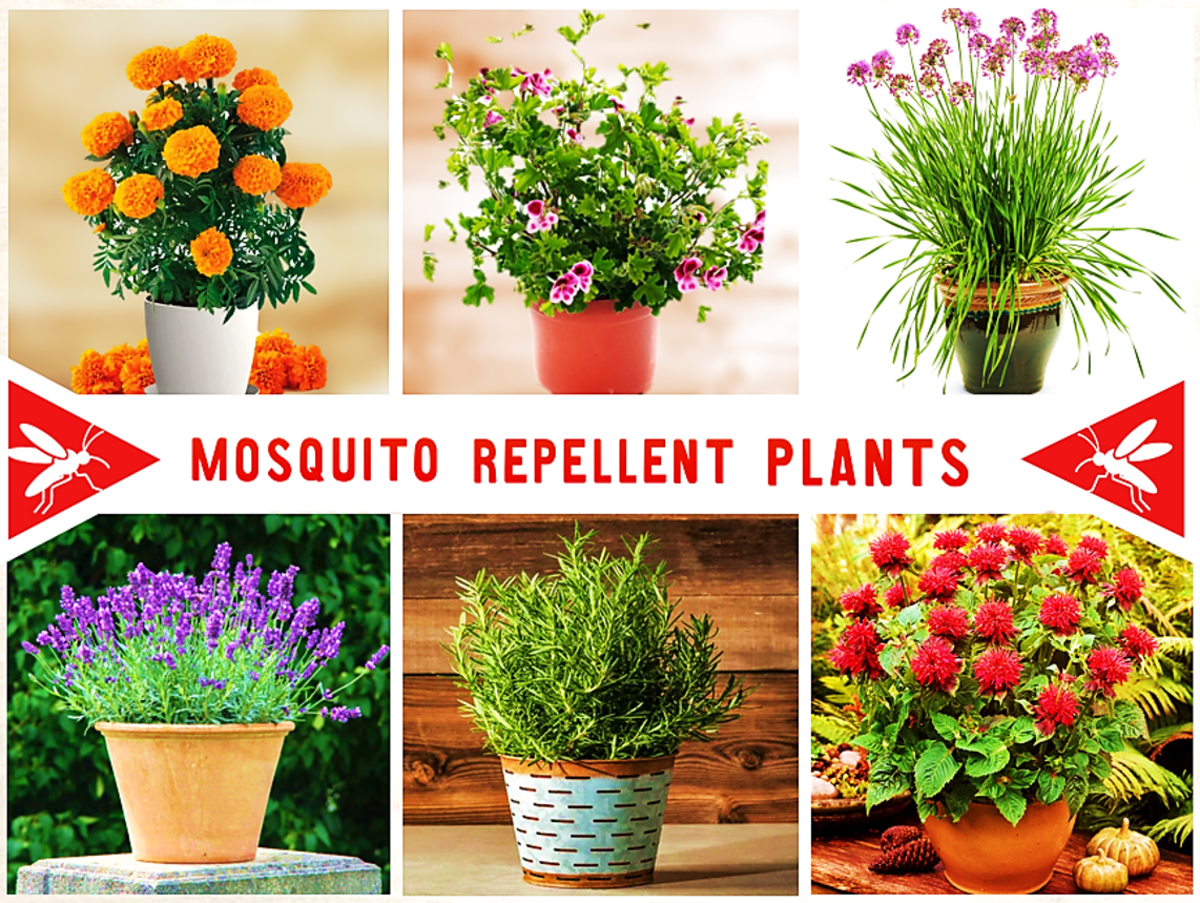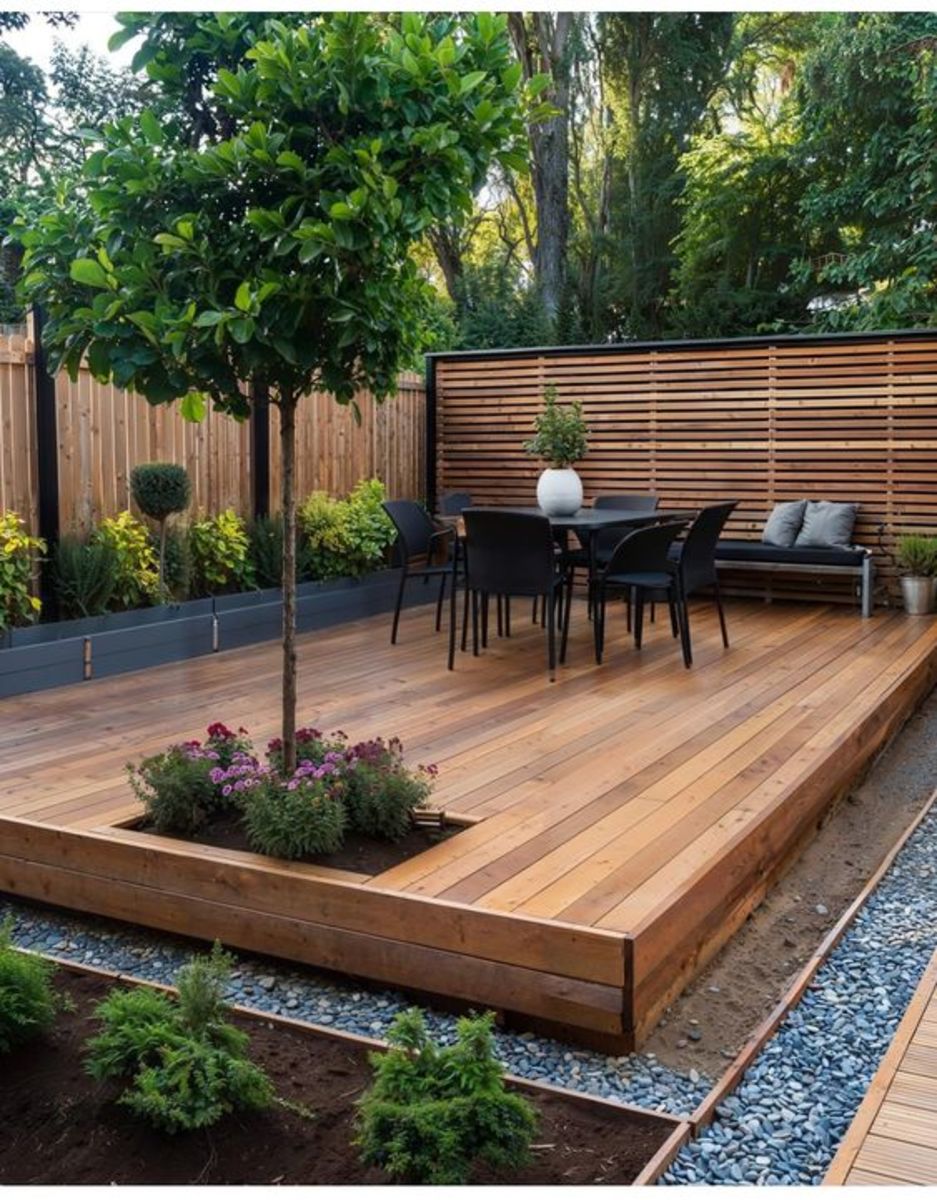Dealing with Lyngbya
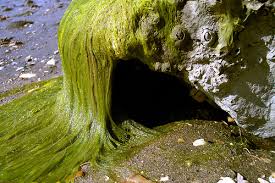
Having a pond makes you aware of the possible types of algae that might pop in all of a sudden. It all depends on the amount of growth requirements in your pond. If your pond is a desirable living place for algae, then expect more than one species to emerge. One of the big ones to watch out for is Lyngbya or Lyngbya majuscula, which happens to thrive in both freshwater and saltwater environments.
Usual Habitat
Lyngbya is marine or freshwater algae, which is thread-like and naturally occurring. It is commonly found in the coastal waters of Queensland. The algae are attached to corals, seagrass, and other substrates. It occasionally grows rapidly, resulting to an algal bloom. When this happens, the Lyngbya floats in the form of mats and detaches from its substrate. It washes up to the beaches, where it causes human health problems. When Lyngbya reaches the shore, it is exposed to the hot sun and this makes it decompose faster. The accelerated breakdown gives out a strong, foul stench.
Other Names and Features
Lyngbya is scientifically known as Lyngbya majuscula. It is commonly known as “Fire Weed”, “Blanket Weed”,“Mermaid Hair”, and “Stinging Limu”. Lyngbya has always been known as a toxic species of blue-green algae. It strands are described as dark, fine, and wool-like, extending 10 to 30 centimeters in length. Gas bubbles accumulate whenever the Lyngbya grows in large masses. The gas bubbles come from the oxygen that the process of photosynthesis produces. These bubbles help push the mats of Lyngbya to the surface of the water.
Blanket Weed is filamentous. It grows in lakes and ponds at a very alarming rate. The mats they form could weigh two times more in just a day, provided the right conditions are present in your pond. It quickly removes the dissolved oxygen in water and prevents organisms from surfacing for air, killing them in just a short period. Mermaid Hair or Blanket Weed is often confused with Microcystis, which is highly toxic. To prevent any possible poisoning, it is best to just remove Blanket Weed and Microcystis from your pond and never use them to fee your aquatic life.
Lyngbya reproduce through hormogonia formation. Hormogonia is a part of a filament, which detaches, then multiplies through cell division. You should know that there is no simple tactic in the removal of Lyngbya. It is a worldwide problem until now.
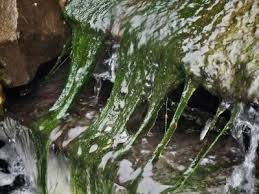
How Lyngbya Growth Impacts Us and the Environment
When Lyngbya grows extensively, human health and the surrounding environment are affected. There have been cases of asthma-like symptoms and dermatitis, once Lyngbya is touched. Fish instinctually veer away from Lyngbya growths. Understandably, there aren’t many commercial fishing industries left happy when Lyngbya blooms. Bottom-feeders, such as oysters, are also affected by Lyngbya blooms because they tend to ingest the toxins from the blue-green algae. The sea turtles are also affected by Lyngbya blooms because they tend to avoid eating Lyngbya or Lyngbya affected sea grass. Because of food shortage, their reproductive success is not that high.
Human health is also affected by Lyngbya blooms because of the stench it gives off when it is exposed to the shores.
What Brings About Lyngbya Blooms
The increased levels of iron, nitrogen, phosphorus, and rich organic matter, combined with good temperature, salinity, and light, bring about Lyngbya blooms. If you are concerned that this species of algae could infest your pond, then do your best to decrease or eliminate the elements of Lyngbya growth.
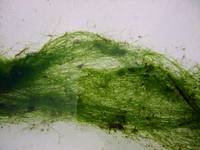
What to Consider Health Wise
It is best not to get in contact with Lyngbya. This species of blue-green algae is considered a contact irritant. It can produce eye and skin irritation if you get in contact with it directly. Severe cases of contact with Lyngbya show peeled of skin or terrible blisters. Ingestion or inhalation of Lyngbya causes the irritation of the gastrointestinal and respiratory tracts. The more exposed you have been, the more severe the level of irritation you acquire.
Burning, stinging, and itching sensations usually occur after exposure to Lyngbya. Small blisters, swelling, and redness appear on the affected area. Because of such results, people usually stay away from Lyngbya.
What You Should Do
Proper warning should be given to people about Lyngbya. You should avoid places where Lyngbya is active and proliferating. If your pond has Lyngbya, you should contact the experts immediately. These people know exactly what to do in handling such a toxic algal species.
If ever you encounter Mermaid Hair on the beach, just leave it alone and report it. If you know that you have touched or handled Lyngbya, report to your physician immediately.
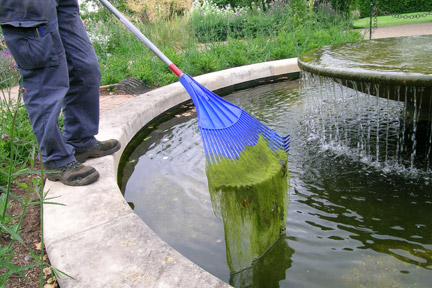
Eliminating and Preventing Lyngbya
Since Lyngbya is a very detrimental species of algae, you should work with your pond expert in eliminating it and preventing it from taking over your pond. Natural, long-term solutions always work best:
- Make sure you get rid of your pond’s shallow areas (those less than 2.5 feet).
- Wash the fishing tackle and other equipment after using them in other bodies of water. You should do this before you use them in your pond.
- Fertilize your pond early, so that its bottom is shaded properly. This prevents Lyngbya from establishing itself in your pond.
- Place aquatic plants that thrive in low-nutrient water.
- Remove soil from your pond before you fill it up with water.
- Use rainwater for your pond.
- Install a water feature in your pond. Waterfalls and fountains aerate your pond efficiently. Pond algae, such as Lyngbya, do not like fresh, oxygenated water.
- Introduce grass carp in your pond.
- Make use of UV clarifiers and pond filters to eliminate debris.
- It is best not to put just any type of fish in your pond. See to it that you are responsible enough to monitor your fish, if you decide to incorporate them. Shubunkin, goldfish, and, orfe are the ideal species to place in your pond. They should only be added, three weeks after you have established your pond. Keep your fish population in check by giving them away on occasion or transferring some of them to another pond.
- Have proper shading installed over your pond. This prevents sunlight from entering your pond water, discouraging any algal growth.
- Use pond dyes to decrease the amount of sunlight that enters the water.
- If you see floating or bottom mats in your pond, seek professional help immediately. These mats are fibrous, tough to tear, and black.
Mechanical Control of String Algae
It is always best to do your research on the type of algae that you have in your pond. You should be aware of every type, so that you can determine the method of elimination you should use. Always seek the help of a professional pond expert, so that safe methods can be applied to your pond. Eliminating Lyngbya is a good thing, especially if you have pets and children in your home.
